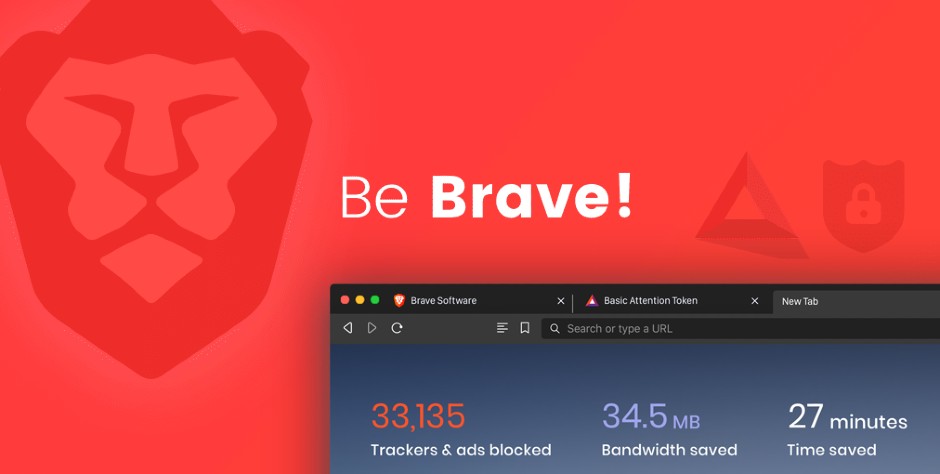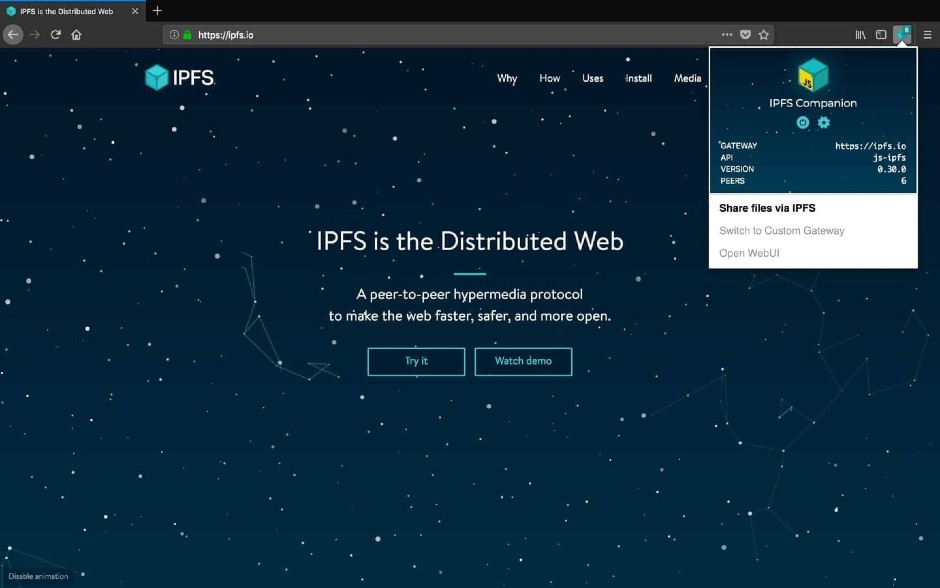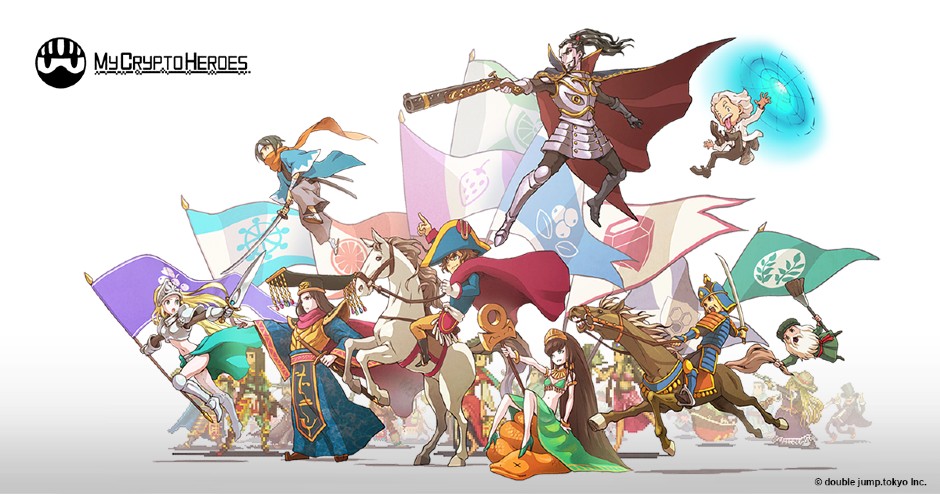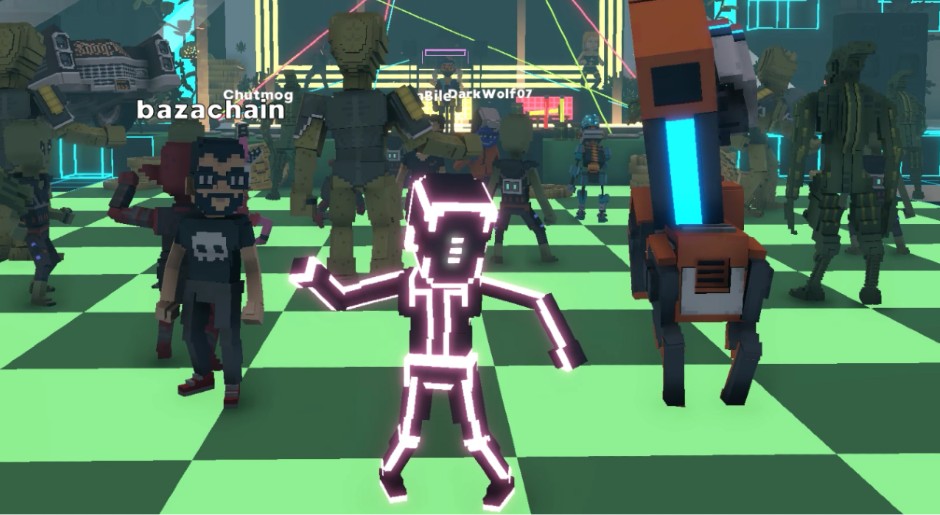Web3 is an internet concept based on public blockchain . Web 2.0, in which users can voluntarily participate in the flow of information, is a more evolved way of thinking, and it is spreading mainly in the blockchain and metaverse industries.
Still, it is generally unfamiliar, and many people probably don’t know about it.
Therefore, in this article, we will explain the benefits of the popularization of Web3, prominent use cases, and future prospects for Web3.

Table of contents
hat is Web3 (Web3.0)
Before the advent of Web3 (Web3.0), the world of the Internet underwent changes from Web1.0 to Web.2.0.
What do Web1.0, Web2.0, and the next-generation Web3.0 mean, and what are their contents, forms, and purposes?
I will explain each one in detail.
What is Web 1.0
Web 1.0 refers to the early Internet technologies and services that were provided on the Web for ten years from around 1995 when Windows 95 was released until the appearance of Web 2.0, and how to perceive the Web.
Web 1.0 is characterized by the user’s device being a personal computer and the content being text and still images . There is no interactive function like SNS or blogs .
Examples of Web 1.0 include banner advertisements, domain name trading, and page views. All of them can be said to be old-fashioned web services and products of business, but many of them still remain as core services of web services and contribute to the growth of companies.
What is Web 2.0
Web 2.0 is a general term for Internet-related technologies, services, and business models that involve users and companies, not just the technological progress of the Internet. It was mainly used for web services that appeared from around 2005 to around 2020.
Unlike Web1.0, which focused on text and images, Web2.0 is characterized by multimedia content such as audio and video .
It is also characterized by the fluidity of technology and services , such as voluntary participation by users and two-way communication between service providers and users .
Typical Web2.0 examples include Google Adsense, Wikipedia, blogs, SNS, and SEO.
What is Web3
Although no clear definition has been established, Web3 can be said to be a technology or service based on a decentralized internet that does not require a centralized management organization by using an open public blockchain . It is
The term Web3 was coined in 2014 by Gavin Wood, co-founder of the cryptocurrency Ethereum.
After that, with the emergence of next-generation new technologies such as the virtual world Metaverse and non-fungible tokens “NFT”, cryptocurrency enthusiasts, IT companies, and venture capitalists are interested in 2020 and 2021.
Web3 has two major features in terms of infrastructure.
One is that blockchain has enhanced performance and security , making it verifiable computing . It is guaranteed .
The benefits that Web3 with these features brings to us are introduced below.
Problems of Web2.0
Although Web 2.0 had many advantages, such as interactivity in communication, it also had some problems. Typical examples are privacy issues where personal information is concentrated in specific large companies, and security issues where centralized servers are relied upon .
The former is a problem that arises from the acquisition of large amounts of information, including personal information, by large IT companies represented by big tech called GAFAM.
Since these large companies collect not only personal information such as user’s address, age, and gender, but also all kinds of information such as personal preferences and behavior history, it has been pointed out from various quarters that personal privacy may be lost.
The latter concerns the vulnerability of systems by relying on centralized servers for system operations.
Centralized servers that collect a lot of information are highly dependent on the system, so it is said that cyberattacks are likely to cause personal information leaks, unauthorized access, and data tampering.
In other words, you’re relying on a single network path for everything, and your ability to respond to problems is always at risk.
Advantages of the spread of Web3
The following five points are said to be the main advantages of the spread of Web3.
- 1. Self-management of personal information
- 2. No access restrictions
- 3. Use of P2P
- 4. Emergence of DApps
- 5. Drive change in storage services
Below, we discuss each of these benefits in detail.
Self-management of personal information
Web3 has the merit of self-management of personal information because each person has a blockchain wallet address and logs in with the wallet ID whenever necessary .
This is a big difference from Web 2.0, where users passed various personal information such as name and address to tech companies through the act of registration.
The benefits of being able to self-manage your personal information go beyond just preventing tech companies from stealing your information. Cookies, which temporarily store the information of users who visit the site in the user’s browser, make it possible to avoid being tracked.
If companies and systems do not exploit or track personal information, it will be possible to prevent the distribution of advertisements that stimulate purchase intentions such as remarketing advertisements .
no access restrictions
Web3 has no access restrictions as there is no centralized organization controlling the service .
Professionally, censorship resistance is defined as no access restrictions.
Censorship resistance means that social media companies will no longer limit what can be posted on their platforms, or restrict what websites countries and governments can view. It can be said that the degree of freedom on the Internet is greatly improved.
Use of P2P (elimination of intermediaries, prevention of server access concentration)
Web3 is based on P2P network connections that allow an unspecified number of terminals to exchange data directly between terminals without going through a server .
For this reason, Web3 eliminates the intermediary organization that manages the server, and it is possible to prevent access concentration on the server .
What are the benefits of eliminating intermediaries? It solves the problem of dependence on a single network path, which was pointed out as a problem of Web 2.0.
Even if a malicious third party were to attempt hacking, Web3 makes it possible to distribute data, so damage such as data leakage and falsification should be minimized.
Emergence of DApps (OS- and device-independent apps)
It is said that with the introduction of Web3, current applications will be replaced by DApps (Decentralized Applications), which are OS- and device-independent applications .
For example, if it is a browser used for searching the Internet, Google Chrome to Brave, and if it is a storage for storing and managing data, Google Drive to IPFS (Interplanetary File System).
A major feature of DApps is that they are built on blockchain and are based on distributed data placement and system decentralized governance. For this reason, there is little risk of information leakage, and it has the advantage that personal information will not be used unfairly, and users will be able to enjoy these advantages.
Driving change in storage services
Web3 will drive changes in storage services, such as the realization of decentralized storage that solves the challenges of centralized data management through blockchain decentralization .
Distributed storage, unlike centralized storage, has a decentralized data base, so it is highly capable of dealing with problems such as data tampering and leaks due to hacking .
In addition, since decentralized storage has a mechanism for renting out the free space of one’s own device to others, it is possible that price competition will occur and price collapse will occur in the current cloud storage market .
Market prices generally tend to fall as the supply increases. For this reason, price competition in the storage market is expected to enable storage borrowers to rent storage at lower prices.
Relationship with Metaverse/NFT
Web3 is said to be heavily involved in the Metaverse and NFTs .
This is because NFTs (Non-Fungible Tokens) managed by the blockchain transform into land and items that are traded on the Metaverse, supporting the worldview of the Metaverse .
In fact, blockchain-based services such as The Sandbox and Decentraland are appearing one after another in the Metaverse, which builds a world view close to reality in virtual space.
Building the Metaverse on the blockchain makes it impossible for others to take over the virtual characters (avatars) that roam the virtual world, which helps ensure the credibility of the Metaverse.
Furthermore, by converting virtual items, land, and weapons that are bought and sold on the Metaverse into NFTs, it will be possible to prove that these products are genuine. When converted to NFT, each product is attached with a unique ID and information, and as it is called a “non-fungible token”, it becomes unique data.
As described above, it can be said that Metaverse and NFT are strongly linked to Web3 as platforms and mechanisms that represent Web3.
prominent use cases
Here are some notable use cases. There are a wide variety of use cases, such as search browsers, storage, and blockchain games, so it would be a good idea to use what you are interested in.
Brave (search browser)

Brave is a search platform that takes full advantage of Web3’s ability to self-manage personal information.
The representative function is an ad blocking function called “Brave Shields”. This feature blocks ads that collect personal data and never shows ads based on your behavior.
In addition, Brave allows you to display advertisements. In this case, users can earn a crypto asset called Basic Attention Token (BAT) as a reward according to the number of advertisements they watch.
IPFS (storage)

IPFS is a service that utilizes a P2P network to distribute and manage data itself.
It is said that it will be a protocol that will be operated by a distributed file system called Filecoin and will complement or replace HTTP (Hyper Text Transfer Protocol), which is the protocol currently used for browsing websites.
The most important feature of IPFS is that it is a content-oriented protocol in which users request information using an ID called a content identifier (CID) and obtain information from caches (stores) within the network.
This makes it possible to download split files from multiple locations at the same time by specifying an ID.
Since the data is distributed and managed in this way, no specific administrator is required. For this reason, it is expected that it will be a solution to the conventional Web problem of consolidating information and data on a specific data server.
My Crypto Heroes (blockchain game)

My Crypto Heroes is a blockchain game originating in Japan that aims to conquer My Reworld with historical heroes (NFT).
Gameplay within My Crypto Heroes is divided into two types: quests and player battles.
In quests, players enter dungeons called nodes and fight enemies in order to obtain experience points and rare items. If you annihilate the enemy, you will get an experience value called crypto energy and an extension (weapon) that is an NFT of a digital item.
On the other hand, Player Versus fights against other players throughout the tournament. Players who become number one in repeated battles will receive the title of top player and obtain items such as NFTs and digital assets.
Through the above gameplay, My Crypto Heroes collects NFTs, which are your assets, and ultimately converts them into cash.
The Sandbox (blockchain game)

The Sandbox is an NFT game based on the Ethereum blockchain.
The literal translation of sandbox is sandbox, but it was named because it has no set purpose or goal and allows you to move freely in the virtual world.
True to its philosophy, The Sandbox allows users to build their own worlds by combining complex elements such as humans and wildlife in addition to resources such as water, lightning, and sand, and move freely in the worlds they build. To do.
One of the features is not only the elements that make up the world, but also the way the world is built is full of diversity. For example, free tools such as VoxEdit and Game Maker have been released for users to create assets such as characters and items, as well as games themselves. Assets created can also be sold as NFTs.
What’s next for Web3?
Even though Web3 has gradually spread its use, it is only a small part of the market, such as the game market and the blockchain market. Government support will be essential to penetrate society .
Under such circumstances, the NFT Policy Review PT directly under the Liberal Democratic Party Digital Society Promotion Headquarters held a meeting on March 30, 2022 and compiled proposals on new digital strategies in anticipation of the Web3 era.
The draft proposal positions Web3 and NFTs as pillars of new capitalist growth, and appoints a minister in charge of Web3 to promote economic policies.
We believe that such a movement can be a great motivator in promoting Web3.
summary
Web3 is actually DApps (decentralized applications) based on blockchain, and many of the services are equipped with smart contracts that automatically fulfill contracts.
This automatic execution system is an epoch-making mechanism not found in Web 2.0. In this regard, it can be said that Web3 has the potential to change the way many people earn money, change business models, and change the way organizations operate .
We hope that through this article, you will see Web3 as a new digital transformation (DX) measure and work on its introduction.

